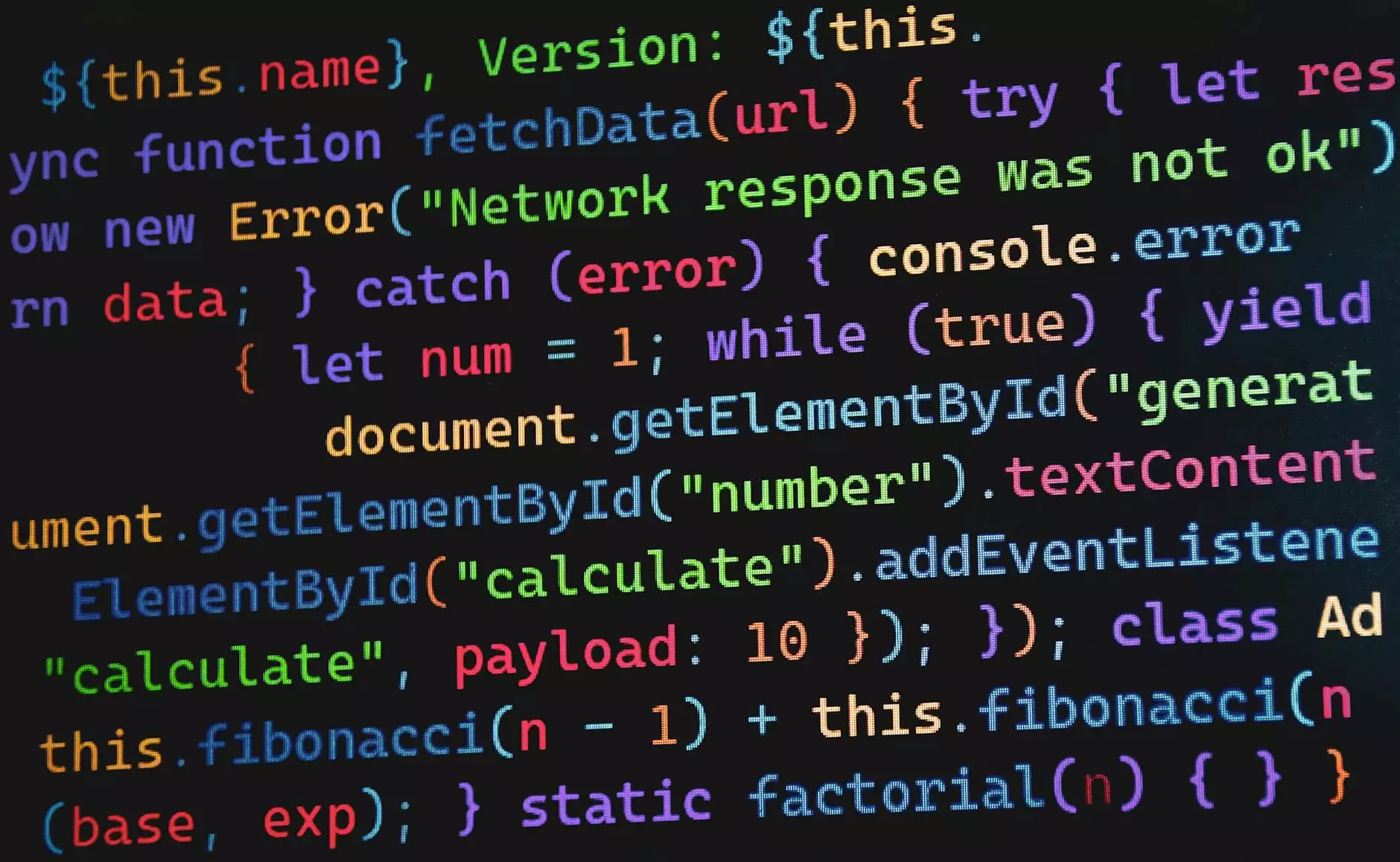How to Trade Fibonacci Retracements: A Comprehensive Guide

In the world of trading, understanding the nuances of price movements is crucial. One of the most effective tools traders use to analyze market trends is Fibonacci retracement levels. This in-depth guide will delve into how to trade Fibonacci retracements effectively, equipping you with the knowledge to enhance your trading strategies.
What are Fibonacci Retracements?
Fibonacci retracements are horizontal lines that indicate potential support and resistance levels based on the Fibonacci sequence. The Fibonacci sequence is a series of numbers where each number is the sum of the two preceding ones, typically expressed as follows:
- 0, 1, 1, 2, 3, 5, 8, 13, 21, 34...
In trading, we primarily focus on the key Fibonacci ratios which are derived from this sequence, primarily:
- 23.6%
- 38.2%
- 50%
- 61.8%
- 100%
These levels are used to determine potential reversal points in the price of an asset. Essentially, traders look for price corrections to these levels as opportunities to enter or exit trades.
The Importance of Fibonacci in Trading
Fibonacci retracements help traders make informed decisions by identifying potential reversal zones. Utilizing Fibonacci levels allows traders to:
- Identify entry points.
- Set stop-loss orders effectively.
- Determine profit targets.
Moreover, many traders use them, which creates self-fulfilling prophecies. When a significant number of market participants see the same levels of support or resistance, they may act on them, validating their effectiveness.
How to Use Fibonacci Retracements in Trading
Now that we understand what Fibonacci retracements are and why they are important, let's explore how to trade Fibonacci retracements in detail.
1. Identifying the Trend
Before applying Fibonacci retracement levels, it's essential to establish the overall trend of the market. Ask yourself: is the market in an uptrend or downtrend?
Uptrend:
When the market is trending upwards, you will look to place Fibonacci retracement levels from the low to the high of the move.
Downtrend:
Conversely, in a downtrend, you will draw the Fibonacci retracement levels from the high to the low.
2. Drawing Fibonacci Retracement Levels
Once you've identified the trend, the next step is to draw your Fibonacci levels. Here's how to do it:
- In your trading platform, select the Fibonacci retracement tool.
- For an uptrend, click at the lowest point of the trend and drag the line to the highest point.
- For a downtrend, click at the highest point and drag the line to the lowest point.
- Your platform will automatically plot the key Fibonacci levels on the chart.
3. Analyzing Price Action at Fibonacci Levels
Once you have drawn the Fibonacci levels, the next step is to watch how the price reacts to these levels. Look for price action patterns such as:
- Pin bars: Rejection candles indicating a reversal.
- Engulfing patterns: Strong reversals where one candle engulfs the previous one.
- Doji candles: Indicating indecision, which can precede reversals.
These patterns provide additional confirmation that the price may reverse or consolidate at the Fibonacci levels, enhancing your trading strategy.
Advanced Strategies for Trading Fibonacci Retracements
While the basic application of Fibonacci retracements can be effective, incorporating advanced strategies can yield even greater results. Here are some methods to enhance your approach:
1. Combining Fibonacci with Other Indicators
For greater accuracy, consider using Fibonacci levels in conjunction with other technical indicators such as:
- Moving Averages: Use moving averages to identify the overall trend and to spot potential crossovers near Fibonacci levels.
- RSI (Relative Strength Index): The RSI can help confirm overbought or oversold conditions near Fibonacci retracement levels.
- MACD (Moving Average Convergence Divergence): Look for MACD crossovers near Fibonacci levels to identify potential entry points.
2. Setting Take Profit and Stop Loss Orders
When trading, it's crucial to manage your risk effectively. Use Fibonacci levels to set:
- Stop-Loss Orders: Place your stop-loss just below the 61.8% retracement level in an uptrend or just above it in a downtrend. This minimizes your loss if the market goes against your position.
- Take-Profit Targets: Use multiple Fibonacci levels to set your take-profit orders. The 100% extension level can serve as a potential target for your trades.
Common Mistakes When Trading Fibonacci Retracements
Even experienced traders can make mistakes when using Fibonacci retracements. Here are some common pitfalls to avoid:
1. Ignoring the Trend
One of the biggest mistakes is failing to recognize the prevailing trend. Always base your Fibonacci analysis according to the market's direction.
2. Over-Reliance on Fibonacci Levels
Fibonacci retracements are a powerful tool, but they should not be the sole basis for trading decisions. Always corroborate with additional analysis and market context.
3. Misplacement of Levels
Accurate placement of Fibonacci levels is crucial. Ensure that you correctly identify the peak and trough of the price movement.
Conclusion: Mastering the Art of Fibonacci Trading
In conclusion, learning how to trade Fibonacci retracements can significantly enhance your trading approach. By understanding how to identify trends, draw Fibonacci levels, and analyze price action, you'll be better equipped to make informed trading decisions.
Remember to continually practice and refine your skills, especially in combination with other technical indicators and risk management strategies. Embrace the power of Fibonacci and watch your trading proficiency soar.
Frequently Asked Questions (FAQs)
What is the best timeframe to use Fibonacci retracements?
Fibonacci retracements can be used on any timeframe. However, many traders find that higher timeframes (like daily or weekly) provide stronger and more reliable signals.
Can Fibonacci retracements be applied to all markets?
Yes, Fibonacci retracements can be applied to any financial market, including stocks, forex, commodities, and cryptocurrencies.
How can I practice Fibonacci trading effectively?
Utilize demo trading accounts to practice placing Fibonacci retracements. Analyze different assets and historical charts to get familiarized with how prices interact with Fibonacci levels.
Are there any alternate Fibonacci tools?
Yes, traders also use Fibonacci extensions, which help identify price targets beyond the 100% retracement level, and Fibonacci fans, which provide dynamic support and resistance levels.









